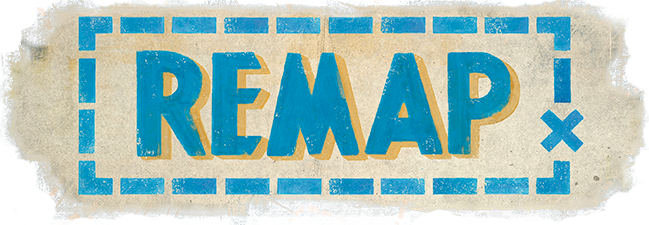Somewhere in my email are the details for my membership to a private forum where racing fans would upload high-fidelity recordings of race broadcasts from around the world. For many years, when I couldn’t buy a cable package that gave me access to Formula One racing, this was my connection to the sport. A day or even hours after the latest race ended, there would be a link to watch it with your choice of broadcasters. Dutch and Brazilians living abroad could watch with their home commentary teams, while American viewers could get ahold of the often superior ITV / Sky broadcasts from the U.K. If you wanted to watch just about any type of racing, some Good Samaritan would get that VOD uploaded within 24 hours. This was often the best, and sometimes the only, way for these niche fandoms to sustain themselves and connect with their sport and communities.
I haven’t needed to use that forum for several years. But lately, I’ve started to suspect it’s once again my future just as much as it was my past.
It couldn’t compete with the convenience of what became the best deal in streaming for racing fans: Peacock. I got a nice discount on this streaming service thanks to my Comcast subscription (NBC’s corporate parent), so for a few extra bucks a month, I got loads of commercial-free sports car racing, IndyCar, plus Premier League and more niche sports (for Americans) like rugby and cycling. It was just about the only platform where I felt truly good about the value for the money, so naturally, it’s gone to hell the last few months.
Many sports were hellish for American fans to follow through regular cable means. Watching the latest race required bouncing around countless cable channels and getting buy-up options for your cable package. There was the “Wow You Really Like Sports, It’s Getting Kind of Weird” package, along with the “We Know You Sickos Will Keep Paying” package that finally gave you access to those CBS Sports alternate channels that seem to run nothing but old football games and infomercials. These are the places where sports car racing has historically lived on TV.
After NBC lost the F1 license to ESPN a number of years ago, it doubled down on motorsports more broadly and made Peacock a one-stop shop for North American auto racing. It didn’t just carry the main events like the 24 Hours of Daytona or IndyCar racing, but it also hosted broadcasts from the feeder series like Indy NXT (no, I’m not sure about that name either) and the various lower tiers like the shockingly terrific Mazda MX-5 cup, which feels like a medieval jousting tournament except everyone is riding a Miata. Times were good.

However, things have recently been changing. This past NFL season, Peacock got a couple exclusive games that didn’t even air on NBC, and right away, I noticed something odd: You couldn’t join the games late and “watch from the beginning” like you could before. This is standard on YouTube TV, which is basically built to mimic a set-top DVR device. Likewise, you couldn’t pause or rewind the games on Peacock; you could only watch the game live, like people did before DVR. It was NBC proudly introducing the audience of the most popular sport in the U.S. to the least convenient way to watch it, a way that’s existed since the days of needing to assign someone to stand next to the TV set and adjust a rabbit-ear antenna to bring in a picture.
This content is for registered subscribers only
Register now to access "24 Hours at Daytona, 12 Hours of Ads: The Enshittification of Racing on Peacock".
Sign up now Already have an account? Sign in